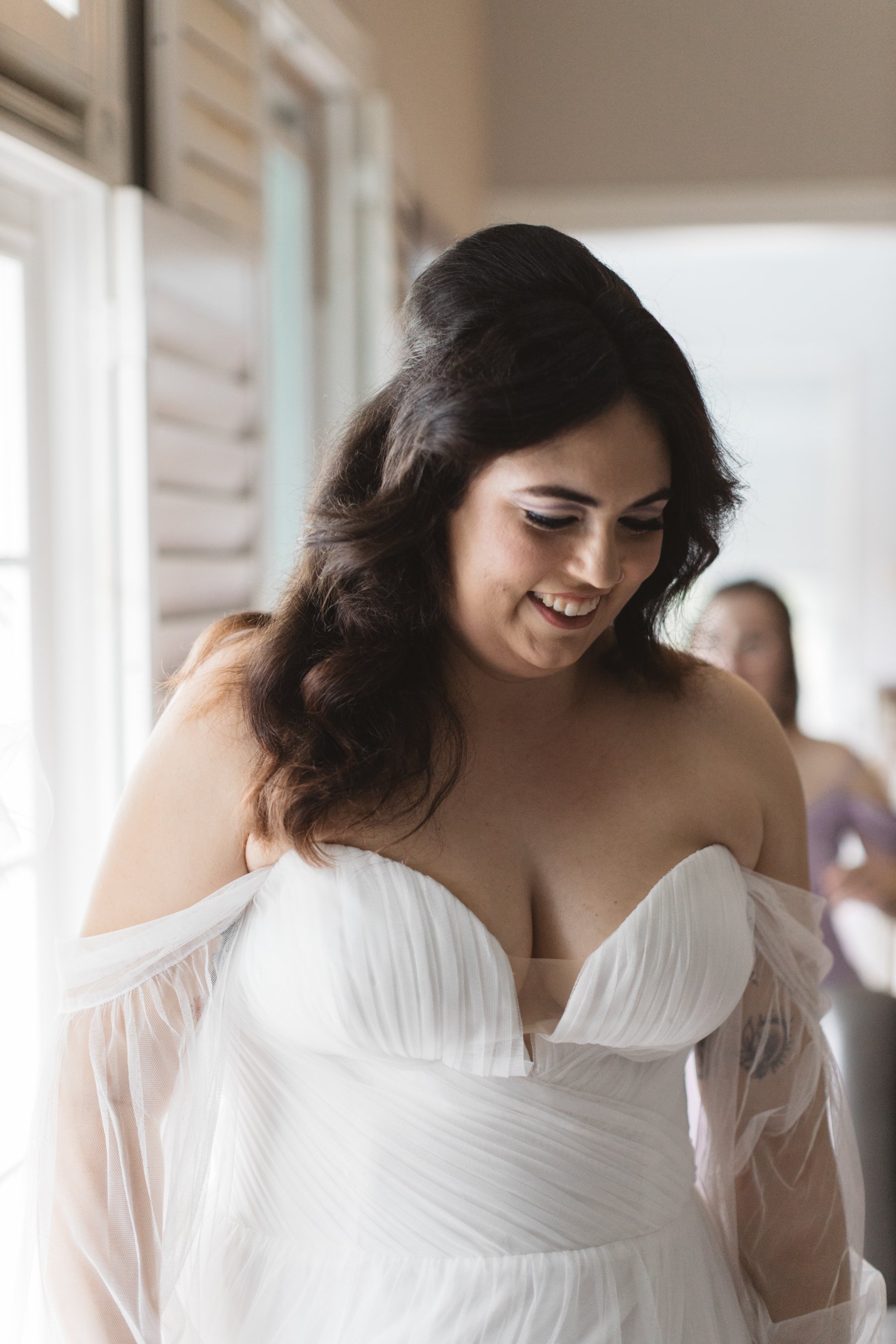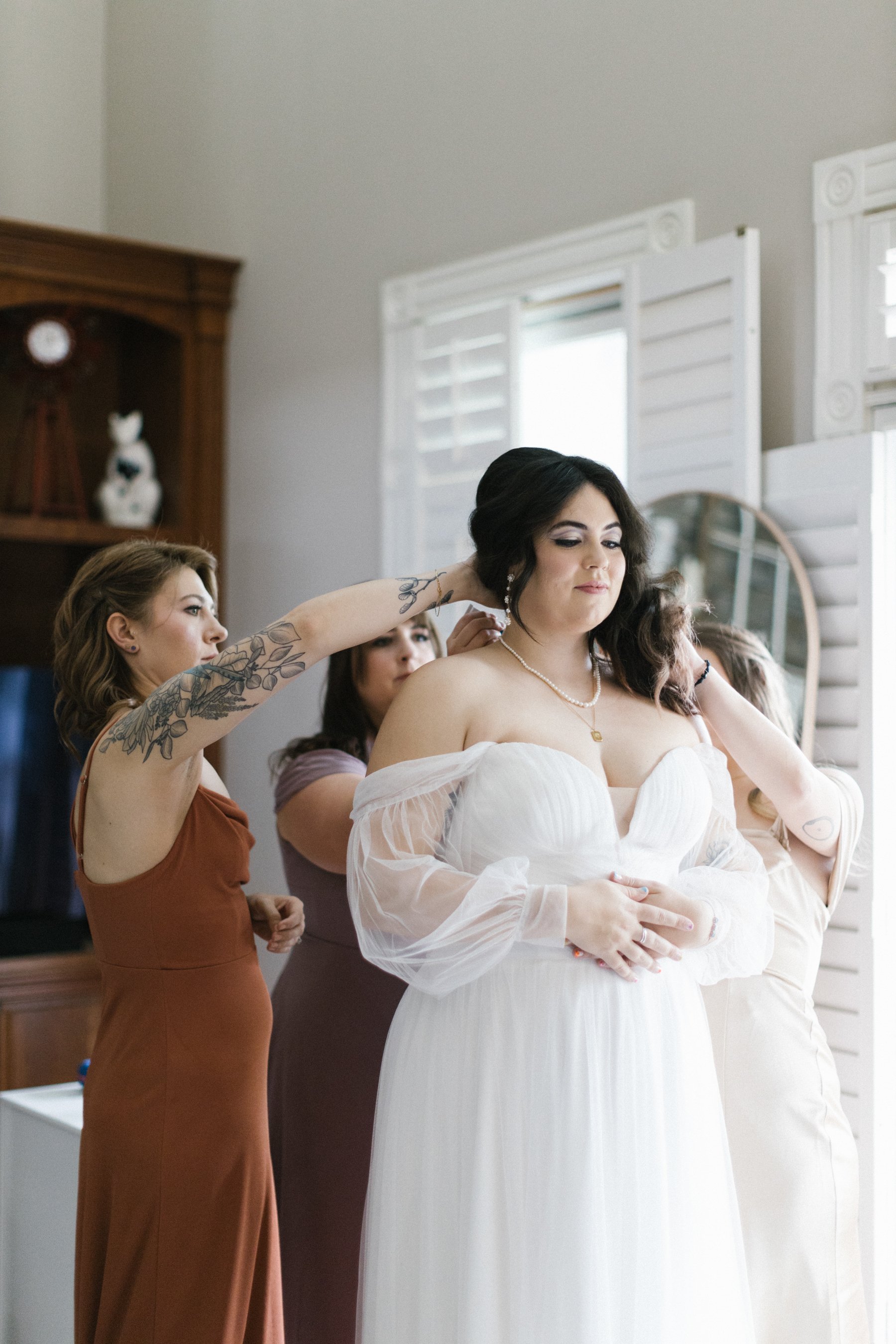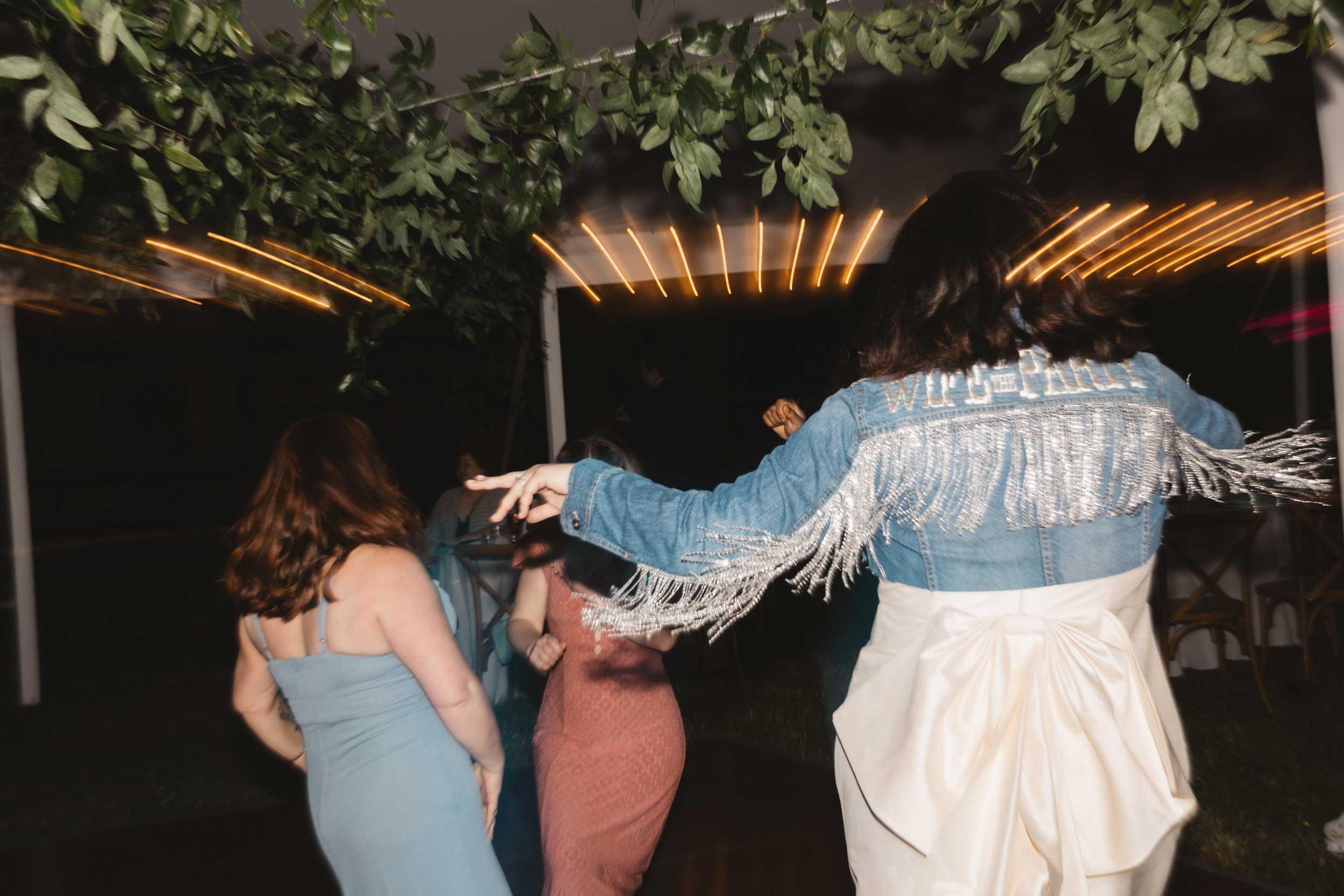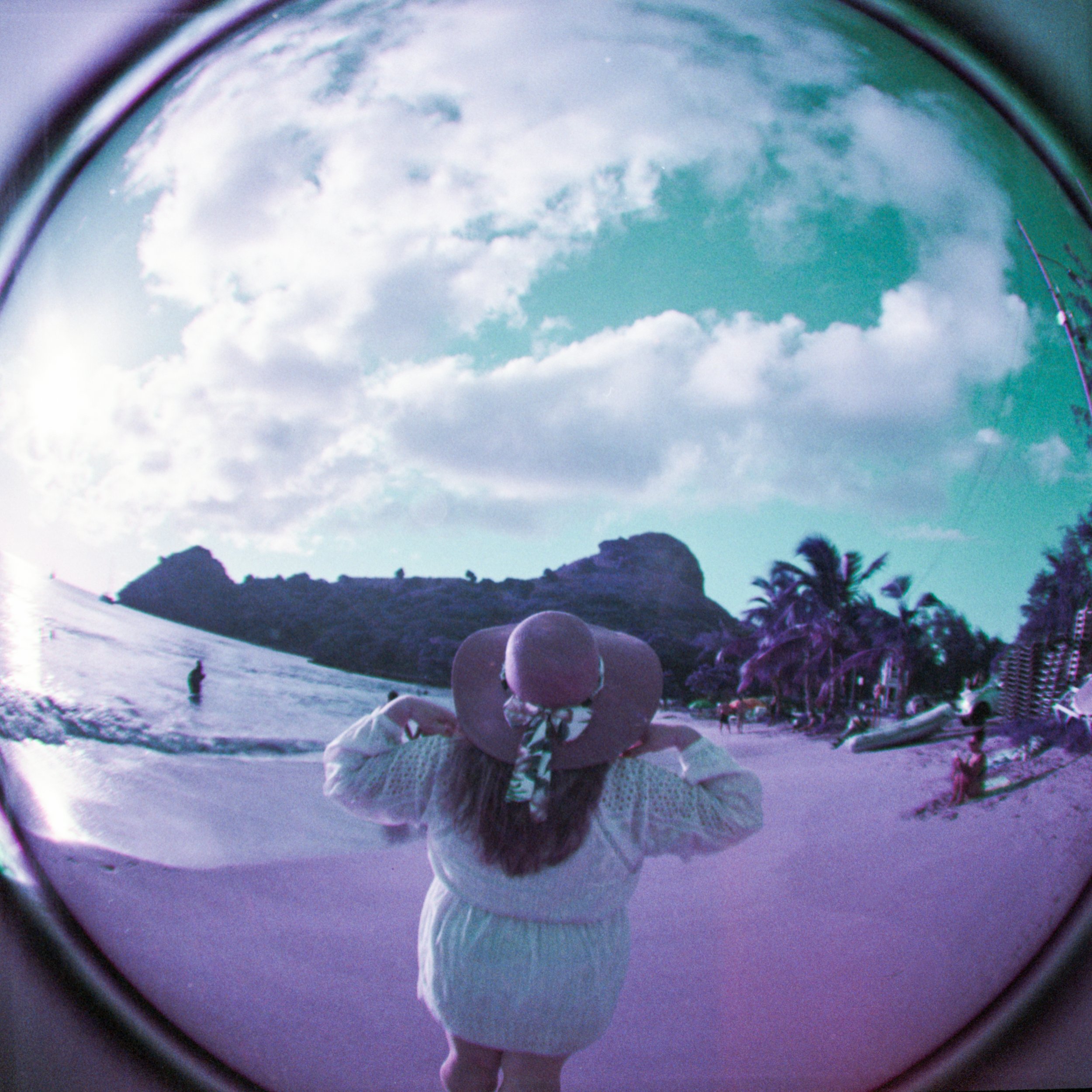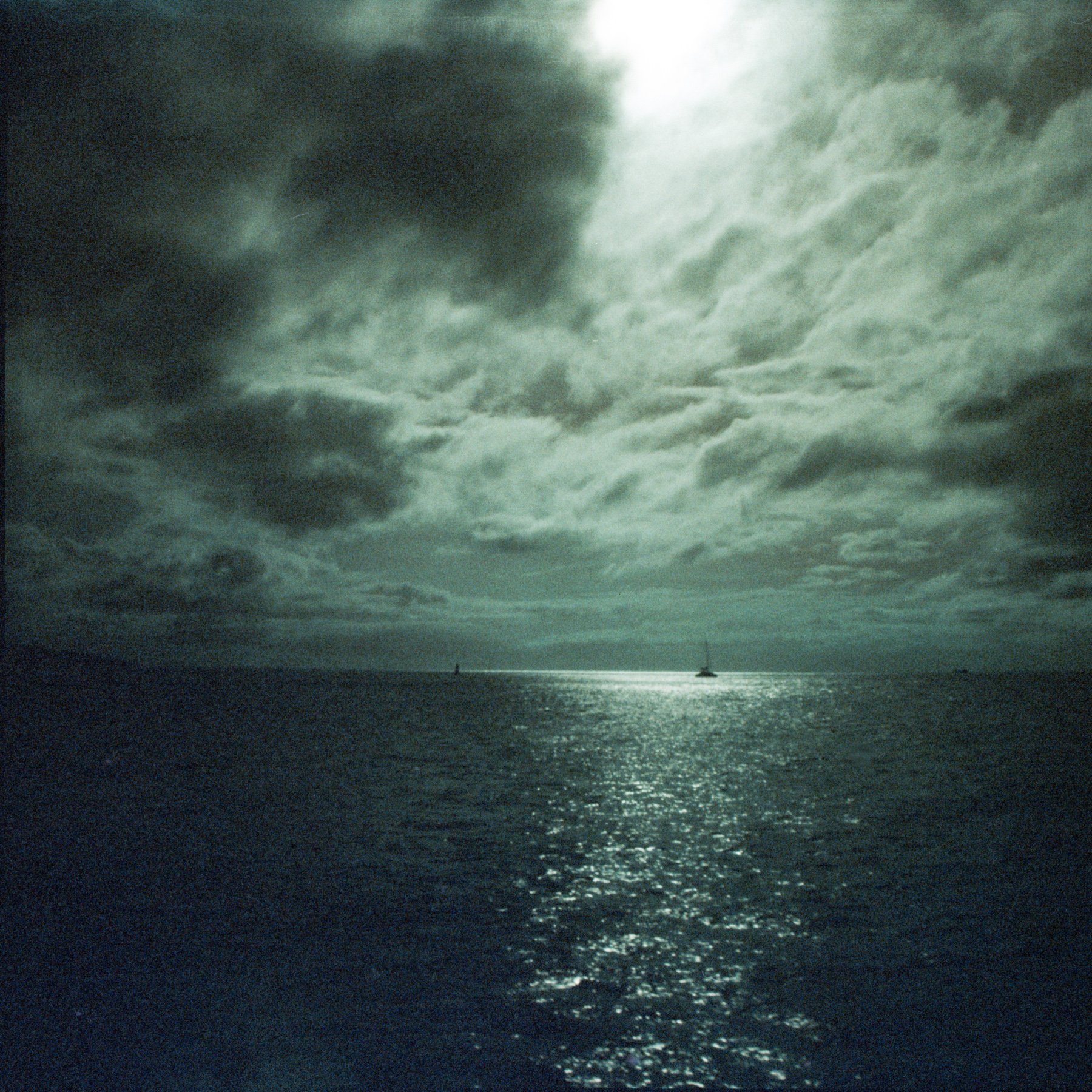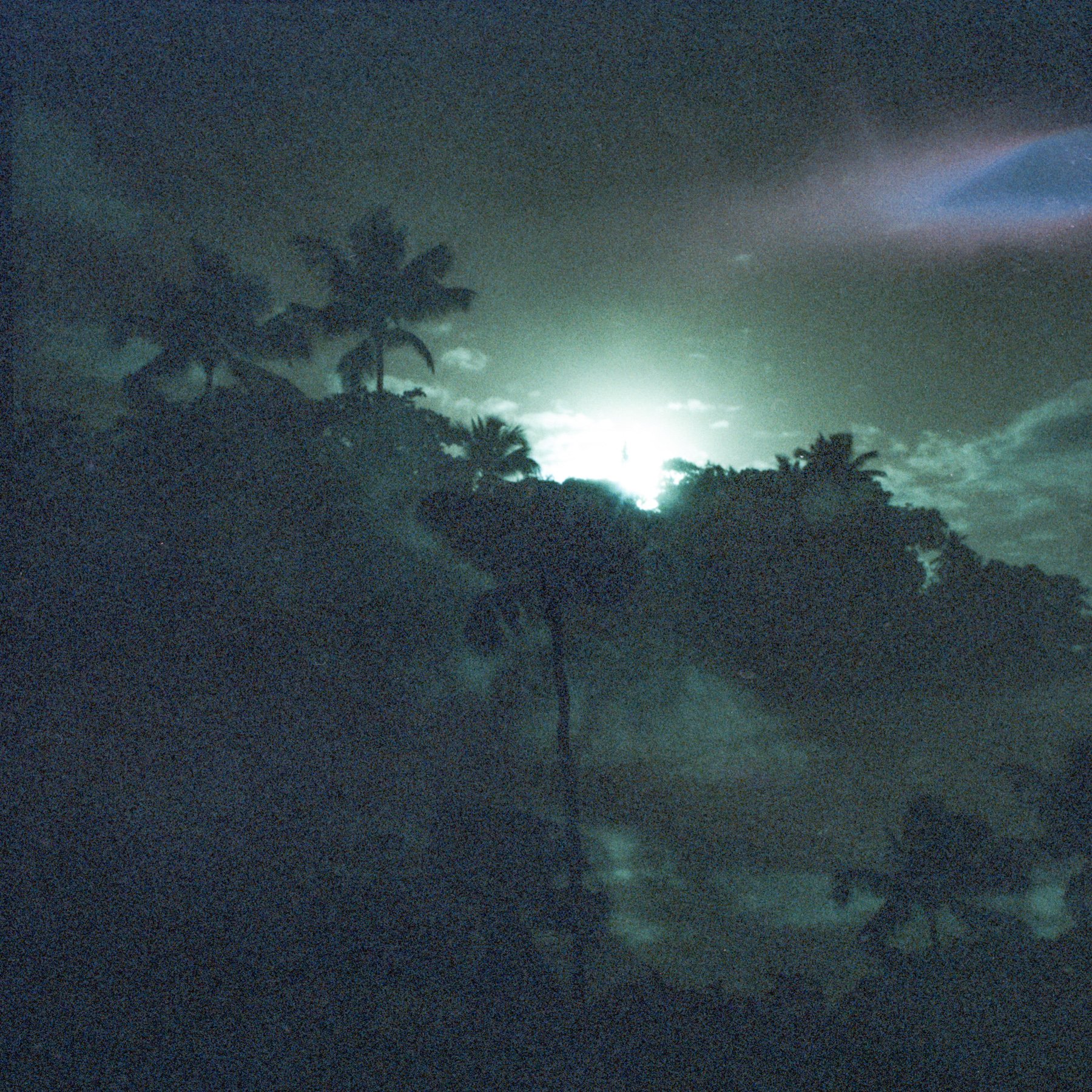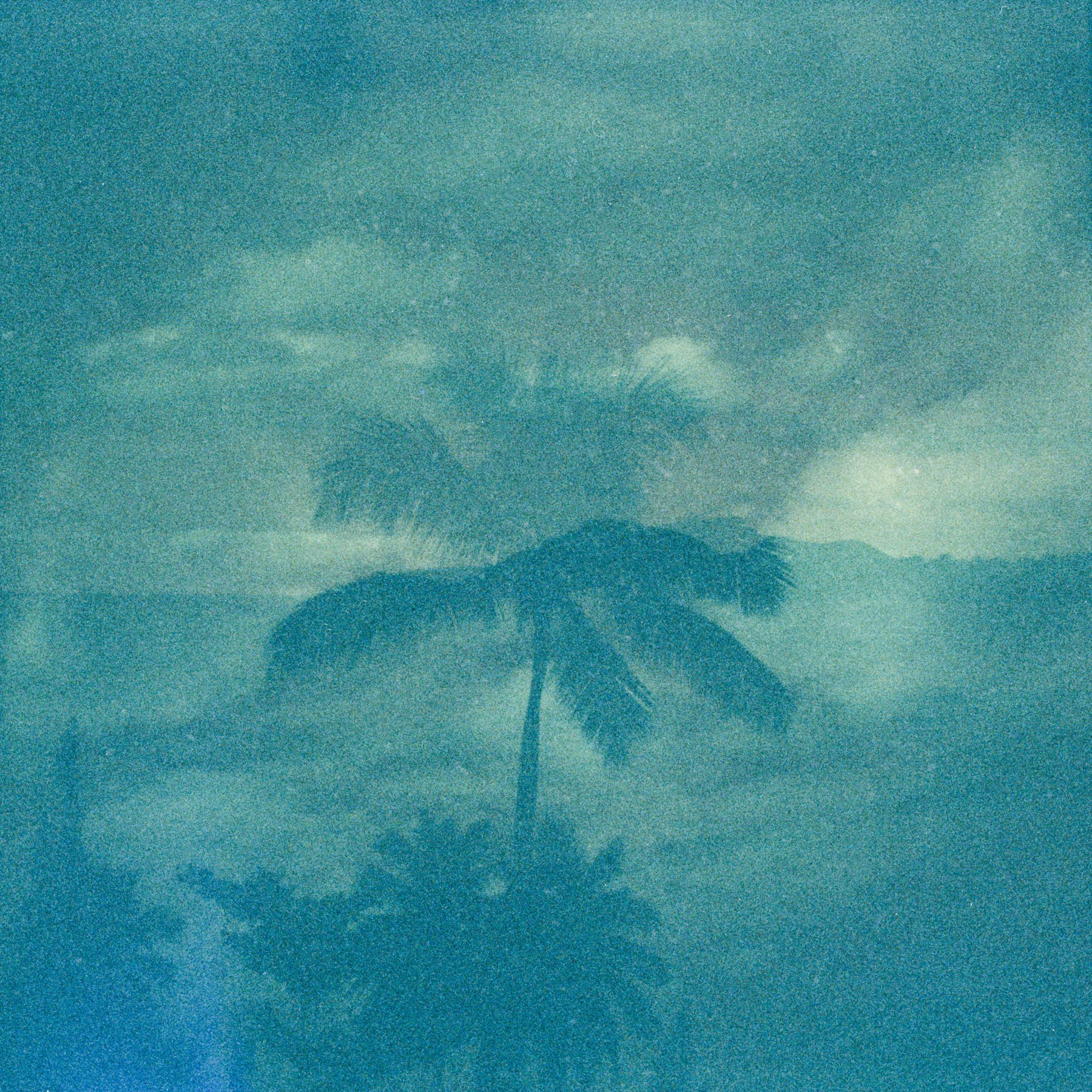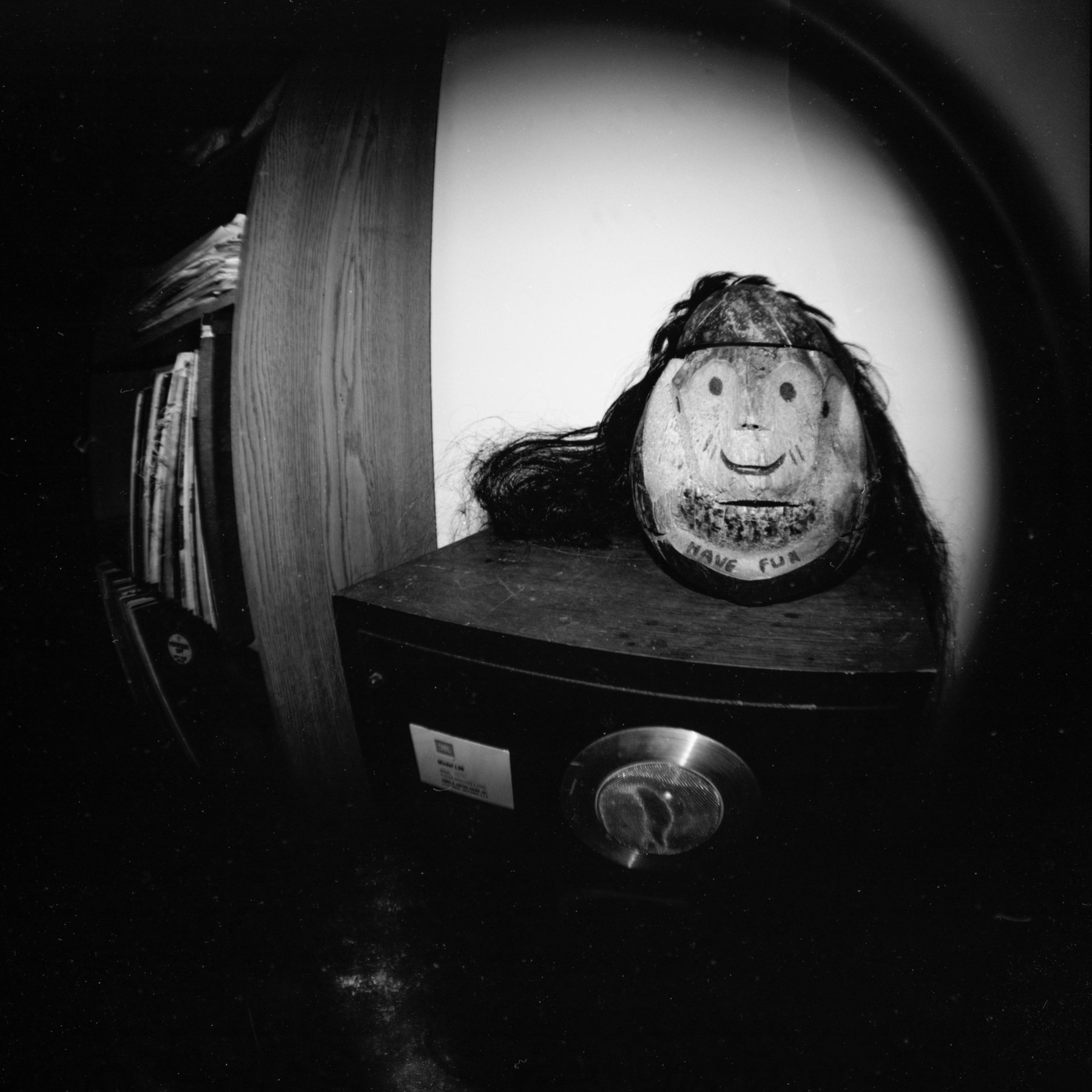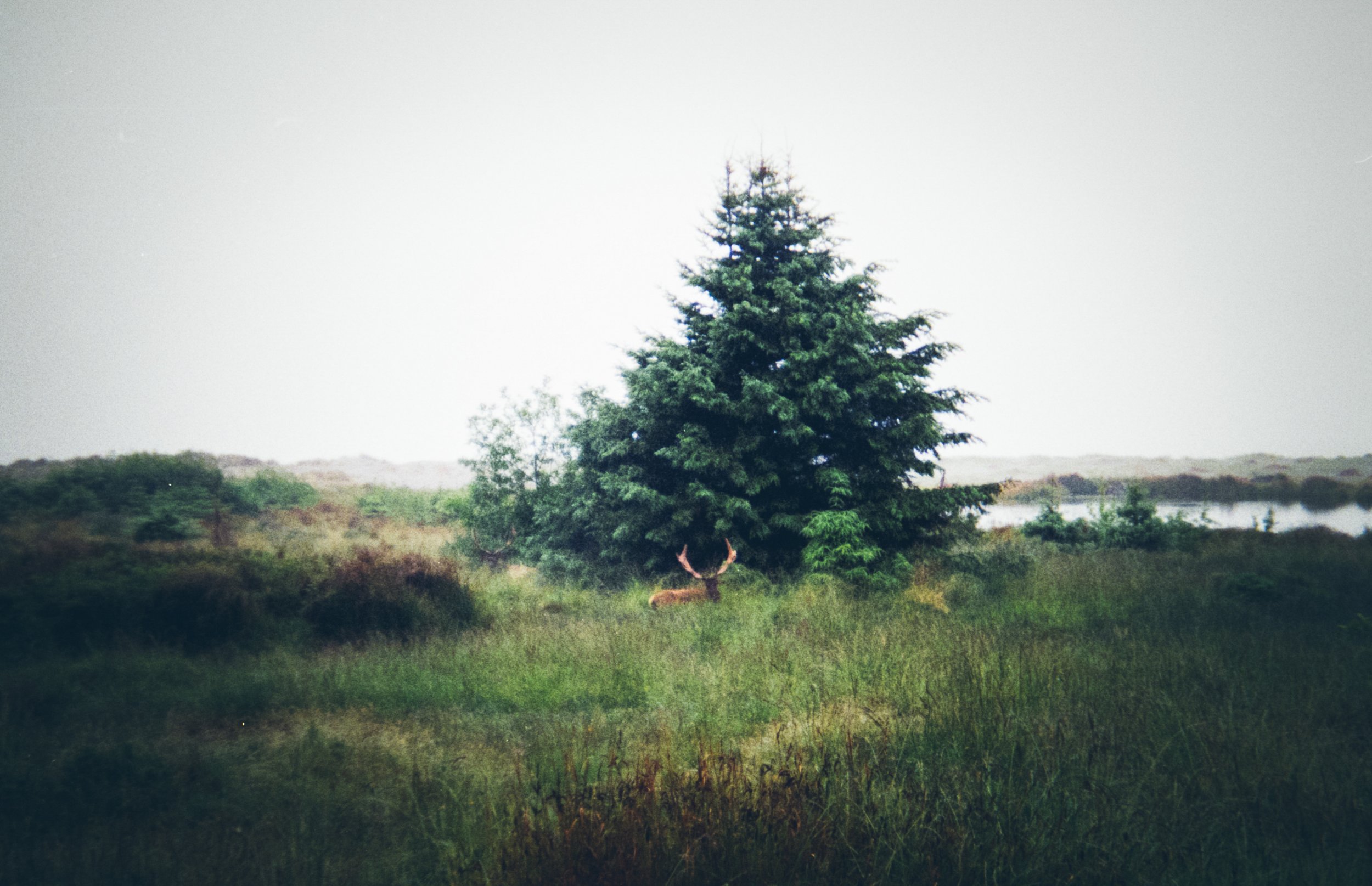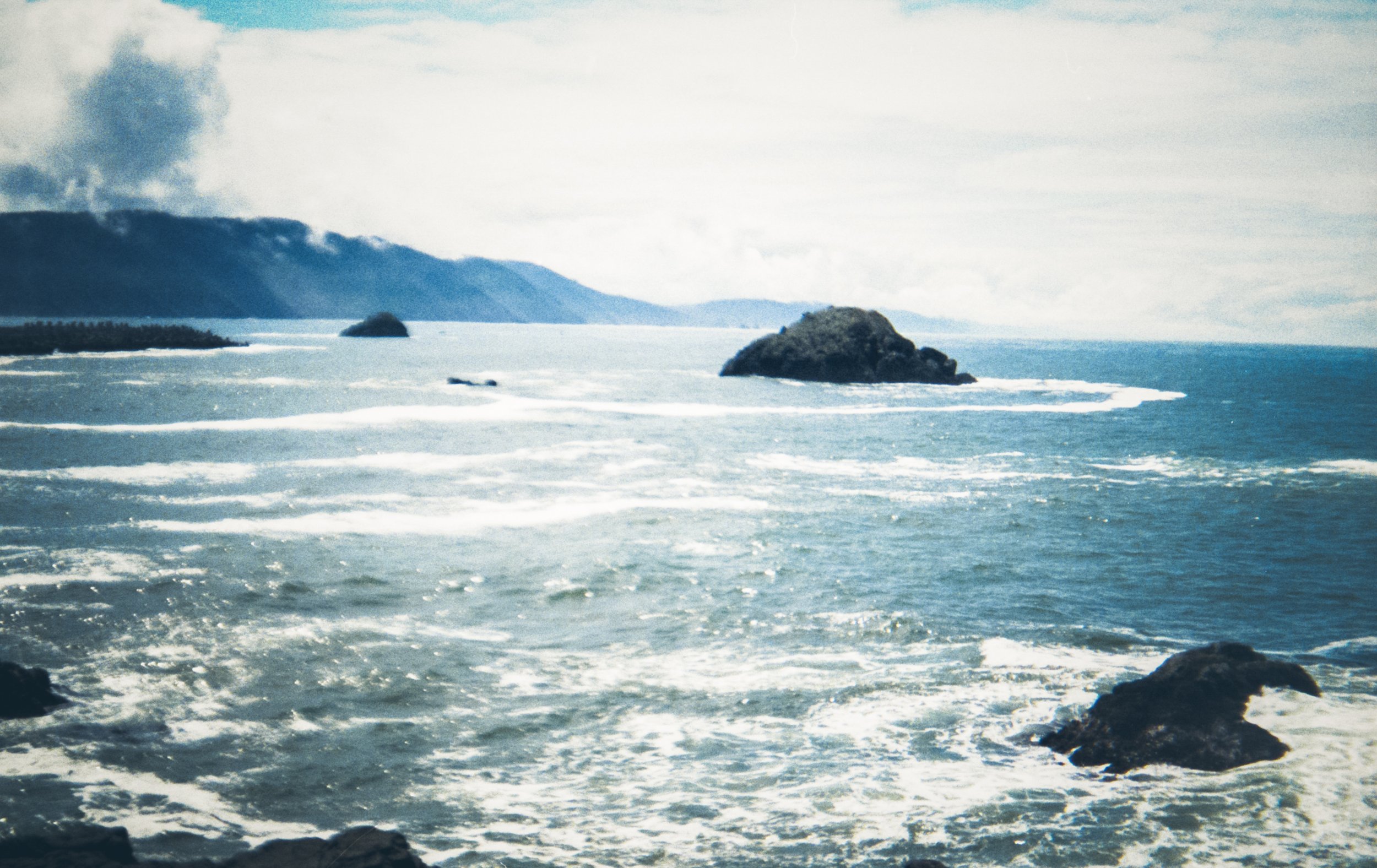When Lomography contacted me about a collaboration with them to help save 120 film, I was more than happy to contribute in any way that I could! I didn’t realize 120 film was endangered, so it was definitely a bummer to hear that. 120 film is a huge part of my life as a photographer and I can’t imagine a world without it, to be honest! You all know that I’m obsessed with the Holga camera and that I specifically like shooting square format 120 film. Well, Lomography has the Diana F+, which I would consider a sort of sister camera to the Holga. Most photographers are either Team Holga or Team Diana. I’ve actually had my Diana F+ for a least a decade, but I had a 35mm back on it for years, to sort of differentiate it from my Holga. But it ended up sitting on a shelf for the last handful of years (which I will say, it’s very cute up on a shelf)! Lomography was wondering if I’d be willing to shoot their 120 LomoChrome Purple and LomoChrome Turquoise film with the Diana F+, and I was so excited! As much as I love the Holga, I’ve been interested in trying out some other 120 cameras lately just for something new and fresh. I switched the 35mm back on the Diana F+ to the 120 back and took it with me on a recent trip to St. Lucia with my family! You can also check out my YouTube video about the Diana F+ in St. Lucia here!
A BRIEF HISTORY OF THE DIANA F+
The original Diana camera was produced in the 1960s but only lasted until about the 1970s due to newer cameras coming into the market. It was an affordable box camera with limited controls and was really more of a novelty or gift item. But it became a bit of a cult classic when photographers like Mark Sink began using it to capture images of celebrities like Andy Warhol in the 1980s! Lomography decided to bring it back and created their own version, the Diana F+, in 2007. The Diana F+ is known for it’s lo-fi artistic, soft focus and vignetted corners that add a dreamy, surreal quality to the images.
MAIN FEATURES
The Diana F+ is super simple and easy to use once you get the hang of it. As with all toy cameras, they are very lightweight, often have a plastic lens and body and aren’t particularly sturdy. Toy cameras are typically known for their light leaks, loose-winding film rolls and blurred images. However, all you need is a bit of patience and you’ll discover the magic of the camera! The Diana F+ has four aperture settings (f8, f11, f16, pinhole), two shutter speed options (1/60, Bulb) an optional flash and a tripod mount. My favorite feature, of course, is that it can do multiple exposures! Since it requires manual film-advance, you can take as many photos over top of each other as you’d like before advancing to the next frame. Part of the fun of toy cameras though, is that you often forget whether you’ve advanced the film or not. This can end up with unexpected double exposures, which personally I’m always here for.





























































